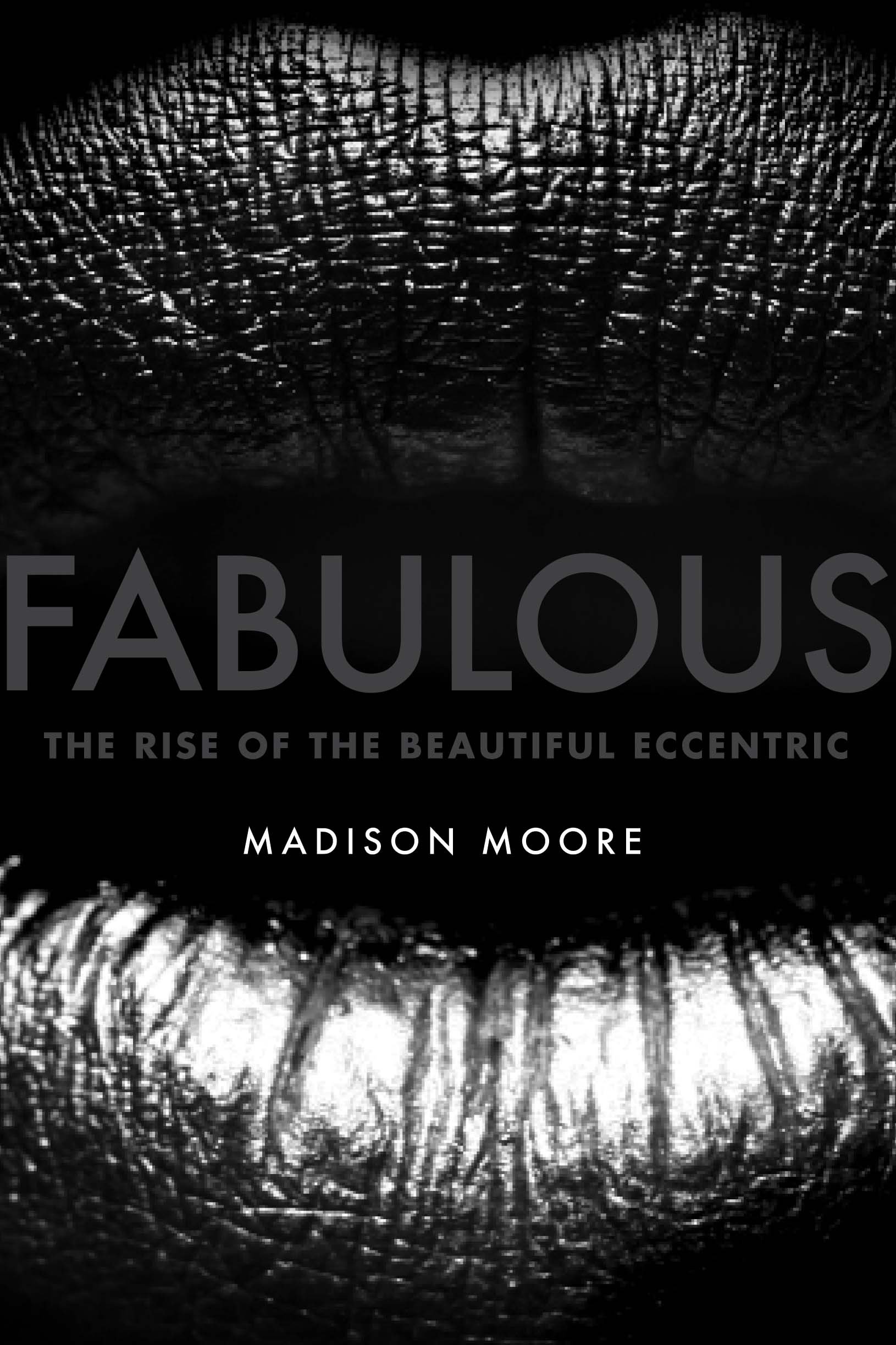About 10 minutes into To Wong Foo, Thanks for Everything! Julie Newmar, Beeban Kidron’s 1995 cult comedy about three drag queens, Vida Boheme (Patrick Swayze) gives a mawkish but moving speech. She’s trying to convince Noxeema Jackson (Wesley Snipes) to allow the more inexperienced “drag princess” Chi-Chi Rodriguez (John Leguizamo) to accompany them to Hollywood for the Miss Drag Queen of America Contest, in which Vida and Noxeema, as New York City’s Drag Queens of the Year, have been invited to participate. “On those steps, that dear, little Spanish soul—working that tired Abbe Lane drag for all it’s worth—is all alone in this world, and she just wants once to be special, to have a moment in the starlight,” Vida says. “To dream of being utterly, utterly fabulous.”
Fabulous. That word is slung around so easily, and has saturated the culture. But it also can telegraph specific social and political values, particularly when it appears in queer culture. It’s this unique valence that madison moore, a culture critic and DJ, explores in his new book, Fabulous: The Rise of the Beautiful Eccentric, which also appears during a moment of broader queer acceptance. In it, moore speaks with a range of people—dancing icons, fashion designers, musicians—to chronicle how fabulousness, as a queer aesthetic, allows queer people not only to achieve greater visibility, but also to reclaim that flamboyance as a means of empowerment.
How to define a word that’s so slippery yet so engrained in everyday use? It’s a tricky task, but moore offers the four main characteristics of fabulousness: It doesn’t have to be expensive; it can be secured in innumerable ways; because it’s largely practiced by queer and other marginalized people, it’s “dangerous, political, confrontational, [and] risky”; and it’s about being a spectacle not only to be seen, but also because certain people are over-surveilled and undervalued. Put another way, fabulousness is primarily about a swashbuckling and transgressive world-making.
Fortunately for lay-readers, moore’s book quickly moves beyond the abstract, bringing to life his theory of fabulousness by populating it with real stories, including his own. For instance, bullies used to harass moore as a kid by calling him Prince. “Over the years, I started associating the word Prince with faggotry—not Prince’s own faggotry but mine,” moore writes. But that sort of bigotry didn’t really make sense in moore’s mind. After all, throughout his career, Prince—the High Priest of Pop, His Royal Badness, the Purple One—was a beautiful and confident multimillionaire, a superstar who enjoyed the kind of success and power the bullies could only dream of. Frequently draped in frills and dusted with make-up, he complicated the gender binary in a way that was bold, daring, and, yes, fabulous. “He was proof to my teenage mind that living outside the box is sexy, a kind of magic,” moore writes. “Prince, for me, represented freedom.”

(Photo: Yale University Press)
Of course, you don’t have to be Prince to be fabulous. moore’s study of fabulousness is moving at least in part because he animates the book through “dialogues,” conversations with the sorts of people you might meet at a local gay bar. Indeed, it’s hard not to be seduced by these conversations—often funny, always sincere—and the world they sketch out; they feel less like interviews and more like instances of communion between lifelong friends.
There’s Shaun J. Wright, a DJ and vocalist from a poor suburb in Chicago, who ruminates on the sassy sustenance of the ballroom scene, which has a history of nurturing the queer community via elaborate dance-offs: “In the ballroom, authenticity is key. Because if you copy too much, you’re going to get read and chopped.” There’s also Lasseindra Ninja, a seminal figure in Paris’ present-day ballroom scene. “My performance is an expression of myself,” she says. “This is my world…. My body is expressing what I feel. My performance is all about me. Me.” In all these conversations, moore illuminates vividly how fabulousness isn’t merely about looking great—it’s also about creating possibilities for queer people to be their truest selves, “norms” be damned.
Fabulous hits stores at a time when American culture more broadly seems to have reached Peak Queer. From books to television to cinema to music and beyond, the breadth of queer work on offer is nothing short of, well, fabulous, as queerness increasingly permeates the mainstream—with the camp factor largely undiminished. (Even things that may seem small, like the fact that last year the beloved reality-TV show RuPaul’s Drag Race moved from the explicitly queer-friendly Logo TV network to the more mainstream VH1, imply lots about where society is heading.) moore lucidly unearths some less-considered aspects of queer culture, specifically in art, dance, and fashion. He also argues that these are all much more than entertainment. Together, they’re how people find humanity in a world that wasn’t created with them in mind.




